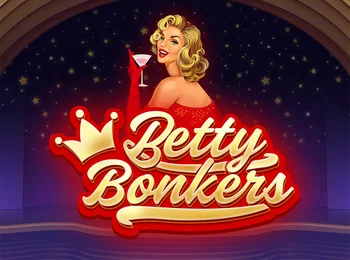Choosing a slot isn’t guesswork anymore. With clearer RTP disclosures, volatility badges and
round-time hints, you can align your stake and session length to the game’s rhythm—so blocks stay short,
focused and fun.
RTP: what actually matters
RTP is long-run expectation, not a promise per block. Still, it’s useful for relative comparisons when titles
sit in the same range. Prefer transparent games that show version (e.g., 96.2% vs 94%) and whether features alter RTP.
- Same slot, different RTP: some lobbies host multiple builds—pick the higher, all else equal.
- Feature impact: “ante bet” can shift hit rate/volatility; check the info panel before toggling.
Volatility: pace, drawdowns and session fit
Volatility is about distribution: how spiky wins arrive. For 12–15 minute blocks, match volatility to your goal.
- Low/Medium: frequent small hits, smoother CP100. Great for missions and calm pacing.
- Medium/High: fewer hits, higher peaks. Keep stakes lower and bank new highs quickly.
Round-time & CP100 (cost per 100)
- Round-time: some info panels show avg. spin length; faster rounds spend budget quicker.
- CP100: stake × 100. Choose a stake where 1–2× CP100 fits your block budget.
“RTP compares titles; volatility shapes your mood. Pick for rhythm first, then for marginal RTP.”
15-minute slot-pick playbook
- Min 0–3: filter by RTP version, pick Low/Medium volatility, set stake = 0.8–1.5% bankroll.
- Min 3–12: steady pace; log SPM (spins per minute) and CP100 once. No mid-block raises.
- Min 12–15: if you hit a new peak, bank 15–25%; otherwise exit on time—review, then swap titles.
Common mistakes (and fixes)
- Chasing lower RTP with bigger stakes: higher wager ≠ higher value. Keep stakes flat.
- Ignoring version labels: 94% vs 96% matters over many blocks—pick the cleanest build.
- Turbo by default: only use during timed missions; standard pace reduces CP100 fatigue.
Where to learn more
For practical templates on pacing, stake control and session logging, explore
TOGI Official. Clear playbooks, calmer sessions. 18+
